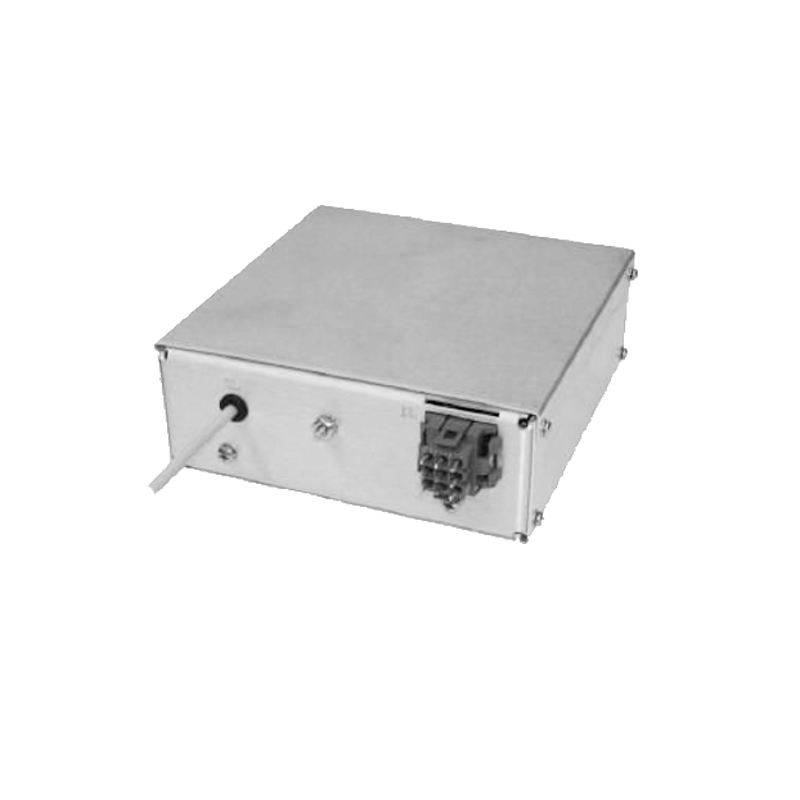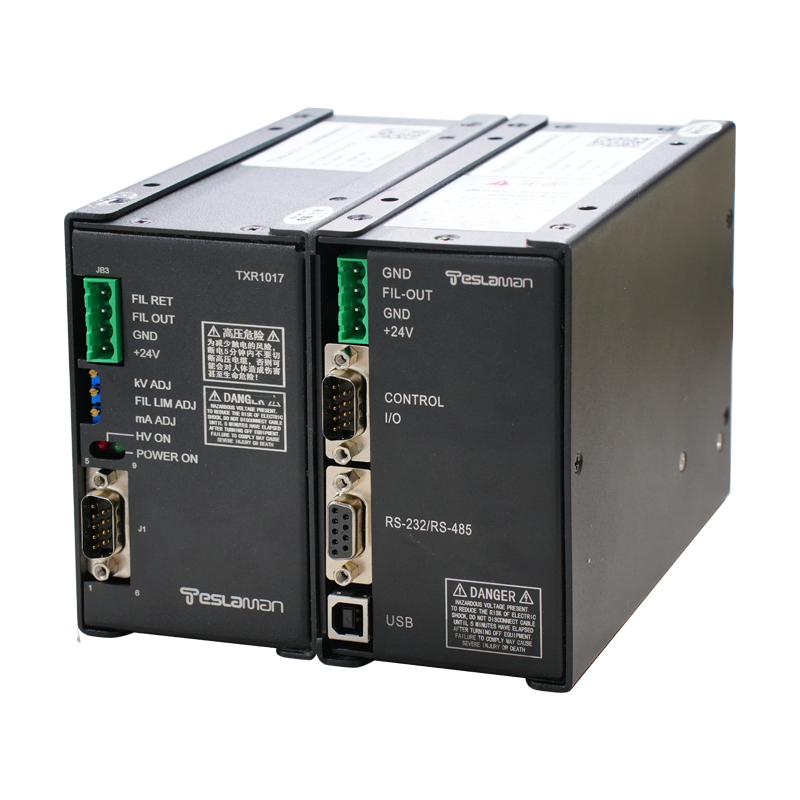New Progress of High-Voltage Pulse Power Supplies in Medical Imaging
In the field of medical imaging, with the increasing demand for early disease diagnosis and precise medicine, imaging technologies are evolving towards higher resolution, faster imaging speed, and lower radiation dose. High-voltage pulse power supplies, characterized by fast response, flexible waveform regulation, and high energy density output, have emerged as a crucial driving force for the innovation of medical imaging technologies. In recent years, high-voltage pulse power supplies have demonstrated unique advantages in various medical imaging modalities, opening up new possibilities for clinical diagnosis and medical research.
1. Optimization of Pulse Power Supplies in Magnetic Resonance Imaging (MRI)
Magnetic resonance imaging relies on radiofrequency pulses to excite and detect the magnetic resonance signals of human tissues. Traditional radiofrequency power supplies have limitations in waveform accuracy and switching speed, which affect the signal-to-noise ratio and resolution of the images. New high-voltage pulse power supplies utilize advanced digital signal processing techniques and high-speed power devices to generate pulse waveforms with nanosecond-level rise times. Moreover, the pulse width and repetition frequency can be precisely adjusted within a wide range. This enables MRI systems to achieve fast spin-echo sequence imaging, reducing the scanning time by more than 30%. Meanwhile, by optimizing the pulse sequence, the tissue heating effect is minimized, enhancing the imaging safety and patient comfort.
2. Innovative Pulse Excitation in Ultrasound Imaging
Ultrasound imaging constructs images of the internal human body by emitting and receiving ultrasonic waves. As the excitation source for ultrasonic transducers, the performance of high-voltage pulse power supplies directly impacts the imaging quality. The latest high-voltage pulse power supplies adopt multi-channel independent control technology, which can simultaneously drive multiple ultrasonic transducer arrays and dynamically adjust the pulse parameters of each channel according to the imaging requirements. In contrast-enhanced ultrasound imaging, by outputting high-voltage pulses with specific frequencies and intensities, it can effectively excite the nonlinear vibrations of ultrasonic contrast agent microbubbles, enhancing the echo signal strength and significantly improving the detection rate of small lesions. Additionally, the broadband excitation technology based on pulse power supplies enables high-frequency ultrasound imaging, increasing the spatial resolution to the micron level, providing support for detailed imaging of superficial tissues such as the skin and blood vessels.
3. Breakthrough in Low-Dose Computed Tomography (CT)
In CT imaging, the high-voltage power supply of the X-ray tube determines the energy and intensity of the X-rays. Traditional CT equipment mostly uses constant voltage output for high-voltage power supplies, making it difficult to reduce the radiation dose while maintaining image quality. The introduction of high-voltage pulse power supplies has changed this situation. They can dynamically adjust the energy spectrum distribution of X-rays by quickly switching pulse voltages of different amplitudes. During the scanning process, the pulse parameters are intelligently adjusted according to different tissue characteristics and imaging requirements, reducing the radiation dose by 40% 50% while ensuring image contrast. At the same time, the highly stable output of the pulse power supply ensures precise control of the X-ray dose, minimizing the potential risks to patients caused by excessive radiation.
4. Expansion of Power Supply Applications in Emerging Imaging Technologies
In addition to traditional imaging modalities, high-voltage pulse power supplies also play an important role in emerging technologies such as photoacoustic imaging and magnetoacoustic imaging. In photoacoustic imaging, high-voltage pulse power supplies provide high-energy, short-pulse electrical energy for lasers, exciting tissues to generate photoacoustic signals. By optimizing the pulse parameters, the signal-to-noise ratio of photoacoustic signals can be improved, enabling high-resolution imaging of deep tissues. In the field of magnetoacoustic imaging, the strong pulsed current generated by the pulse power supply interacts with the magnetic field, triggering the magnetoacoustic effect in tissues, offering the possibility of non-invasive detection of tissue conductivity distribution and showing promise for breakthroughs in early tumor diagnosis.
The continuous innovation and application of high-voltage pulse power supplies in the field of medical imaging provide effective ways to improve imaging quality, expand imaging functions, and reduce medical risks. With the further development of technology, high-voltage pulse power supplies will be more deeply integrated with advanced imaging technologies, driving medical imaging towards more precise and intelligent directions and making greater contributions to human health.




















